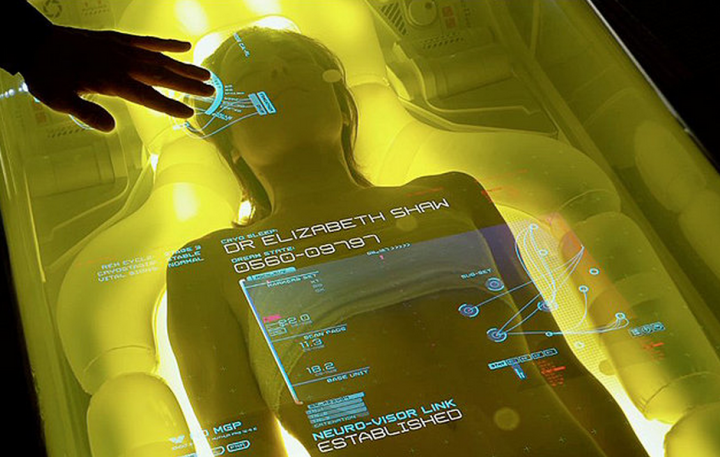
Modern medicine is starting to look more and more like science fiction. We’ve already got 3D-printed artificial limbs, lab-grown organs, and brain implants that help paralyzed people walk again; and now a hospital in Pennsylvania is about to add suspended animation to the list.
Later this month, surgeons at the UPMC Presbyterian Hospital in Pittsburg will attempt to save potentially fatal gunshot wound victims by rapidly cooling their bodies and placing them in a state of suspended animation — although they don’t like to call it that. Surgeons prefer the term “emergency preservation and resuscitation,” but a rose by any other name would smell as sweet. If the procedure proves effective, it will buy doctors time to fix injuries that would otherwise be fatal.
The technique involves replacing all of a patient’s blood with a cold saline solution, which quickly cools the body and slows down cellular activity to a point where it basically stops. This effectively puts the person in a state between life and death. Technically speaking, the patient isn’t alive at this point, but after doctors have treated the wound, the patient’s body can gradually be warmed up and brought back to life as the saline solution is replaced with blood.
This technique doesn’t work if a person has already been dead for a couple hours, but if it’s administered before (or even shortly after) a person passes, it gives doctors a much better shot at saving them.
Or at least, that’s the theory. The process hasn’t yet been used on humans, but suspended animation was successfully tested on pigs in back in 2002. Hasan Alam, working with his colleagues at the University of Michigan Hospital, drugged up a pig, and then created a massive hemorrhage inside it to simulate the effect of a gunshot wound. After the wound was created, they then replaced its blood with a cold saline solution and brought the pig’s cells down to just 10 Celsius (50F). After the injury was treated and the saline was replaced with blood, the pig’s heart started beating on its own, and despite the pig being dead for a few hours, there was no physical or cognitive impairment.
Now, it’s time to try it out on humans. UPMC Presbyterian Hospital plans to use the technique on patients who have suffered traumatic injuries (gunshots, stabs, etc.), and don’t respond to normal methods of restarting their heart. Due to the fact that these kinds of wounds are almost always fatal, and there’s currently no other treatments for such injuries, surgeons don’t need consent to attempt suspended animation.
As these types of patients come in, the technique will be used on 10 patients, and the outcome will be compared against 10 people who didn’t receive such treatment. Samuel Tisherman, the surgeon who is leading the trial, told New Scientist that they’ll then refine their technique and try it out on 10 more patients — at which point, there should be enough data to work out whether suspended animation is worth rolling out to other hospitals.



